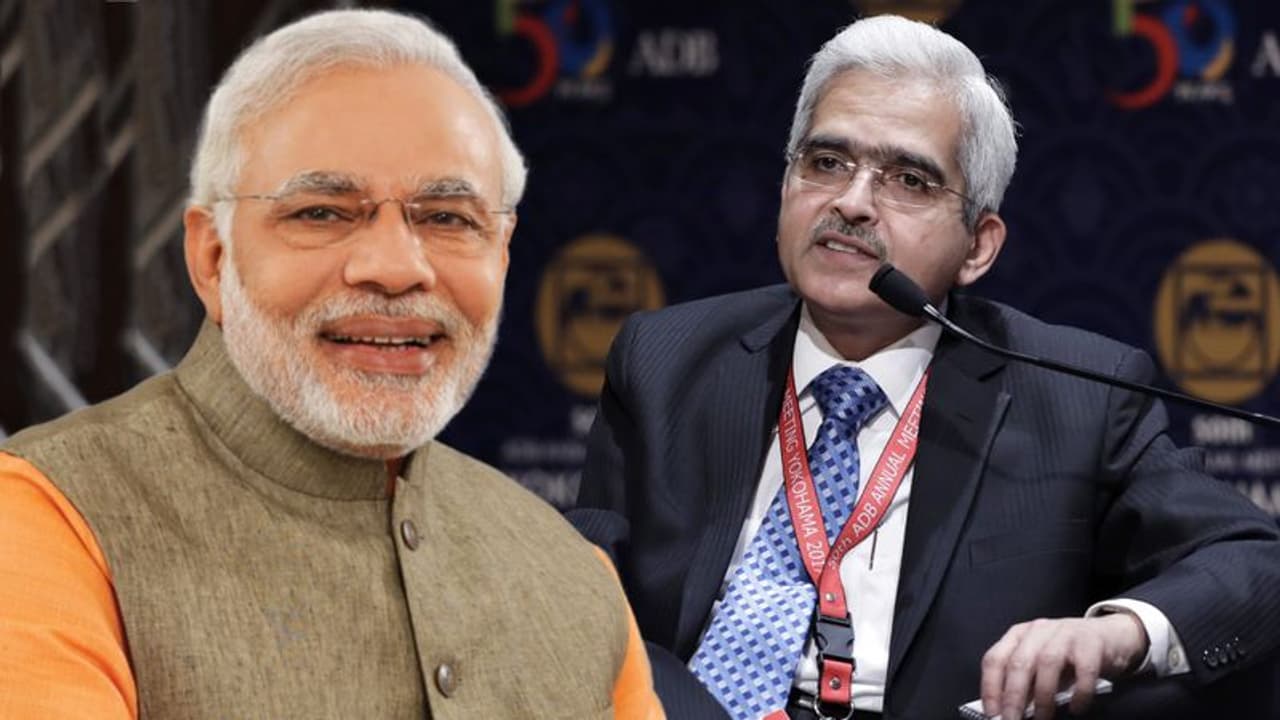With Prime Minister Narendra Modi's declaration on Tuesday that GST for most goods will be brought in the sub-18% slab, good news keeps pouring in, as RBI governor Shatikanta Das is now working on enhancing liquidity even as the rupee climbed an impressive 110 p against the US dollar on December 18
New Delhi: Prime Minister Narendra Modi on Tuesday had announced that the goods and services tax on most commodities would be brought down to the 18% and lower slabs. MyNation has already reported how enthusiastically the stock market reacted to the assurance of the Prime Minister.
Low tax = high revenue
While sceptics say that a lowering of taxes may lead to a loss in revenue, their view is not supported by empirical evidence. Since July 2017 when GST was introduced, goods and services have seen four major tax cuts. Yet, the tax collections have only increased. This year in July, the GST collections had dipped momentarily by Rs 6,000 crore, but it soon crossed Rs 1 lakh crore in October. Economists, therefore, theorise that lower taxes normally translate to a higher degree of compliance by taxpayers.
Rupee strong, fuel cheap, market up
More good news is pouring in. After Tuesday's phenomenal climb of the Indian rupee by 110 p against the US dollar, on Wednesday it has so far climbed 50 p more. The rupee is now at a sub-70 level, which is good optics, a boost for importers and a confidence builder for the market overall. A dollar is now worth Rs 69.87. This is a 4.2% dip since yesterday and the cost is now a 14-month low.
Unlike on Tuesday, when the international market went down while the Indian counterpart looked up, today the market will be enthused by the world crude price reducing to $ 57.07 a barrel. This will boost the bond market.
Ergo, after yesterday's rally, benchmark indices continued to trade higher this afternoon. The Sensex rose 156.32 points to 36,503.40. The National Stock Exchange's Nifty rose by 60.50 points. Nifty Midcap and Smallcap rose by 1.3% each. Banking, financial services, automobile companies and FMCG stocks were the greatest gainers.
The foreign institutional investors have bought shares worth Rs 144.76 crore.
Nifty is expected to cross the 11,000 mark soon.
NBFCs resume lending; banks explore easier credit options guided by new RBI governor
There's more. RBI governor Shaktikanta Das is changing the course of the central bank, moving away from the stubborn autonomy that Bimal Jalan, YV Reddy, D Subbarao, Raghuram Rajan and Urjit Patel maintained. Today, there are reports of consternation in the ranks of the RBI as das has made promotion difficult for the junior- and middle-level officers (level B to level E), but this news would hardly interest the people at large.
What is in the interest of the people is that Das is working on ways to add liquidity to the market, which the Modi government has been pushing for throughout its term. Das is meeting the second batch of public sector banks on Wednesday at RBI's headquarters in Mumbai. The agenda of the meeting is discussing modalities of reducing lending rates in the event that the RBI eases the lending rules and rates.
The prompt corrective action (PCA) framework of the banks will be discussed in this meeting, too, which the heads of seven PSBs had demanded. For, 11 of 21 lenders are in the restricted lending framework, which is crucial, given the NPA crisis. If a bank has a customer who is defaulting to the tune of Rs 2,000 crore or beyond, it must be reported to the RBI immediately.
In the meantime, NBFCs are facing a liquidity crunch in the backdrop of the IL&FS crisis. But this market is expected to look up, too, as companies like Dewan Housing Finance Corporation, IIFL Holdings and Indiabulls Housing Finance have resumed disbursement of existing loans. These companies are clearing fresh credit as well. The liquidity in this sector has improved as mutual funds are once again lending to these companies.
